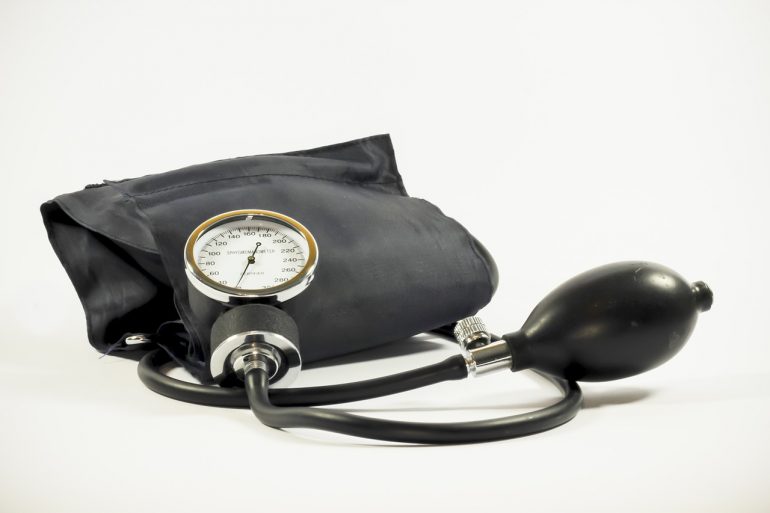A calcium cuff test allows you to test for tissue minerals. It’s an easy and inexpensive test you can do at home with a blood pressure cuff. In fact many Naturopaths, Chiropractors and other holistic practitioners use this method in their practice.
One of the indicators of the need for tissue calcium is muscle cramping at rest. The goal of this modified Lowenberg Test is to create an artificial cramp using a blood pressure cuff and assess the value. It’s important to note that this test is not for someone with underlying vascular disease.
Symptoms of Calcium/Magnesium Deficiency
Muscle cramping
Poor heart health
General weakness
High blood pressure
Tremors
Fatigue
Coarse hair
Brittle nails
Chronic itching
Dry skin
How to Perform a Calcium/Magnesium Blood Pressure Cuff Test
Two people are needed to perform this test. What this does is replicate a trauma to the muscle and measures inflammation. You should be able to pump the pressure cuff to 240 mm (but 200 mm at a minimum).
- Lie down and have someone place a blood pressure cuff around the largest part of the calf.
- Begin inflating the cuff at a steady pace.
- When you feel the onset of a cramp, or a cramp-like pain (not just pressure), stop.
If you start to feel the beginning of a cramp or cramp-like pain anywhere below 200 or 240, you are most likely deficient in calcium and magnesium.
What the Results Mean
An individual with sufficient tissue calcium can withstand 240 mm hg or more easily. If a person experiences cramping, irritation or pain below 200 mm hg of pressure, they have failed the test.
Use a slightly lower cutoff of 180 mm hg for elderly or ill individuals.
Always do the test on both legs. Use the leg muscle with the most dysfunction as your testing indicator, in other words, the leg with the lowest number.
Supplement Options
Magnesium and calcium are essential to the human body. Without them, our bones will break down and our muscles will cease to function properly.
Minerals, especially calcium and magnesium, are essential for muscles to contract and relax. Deficiencies of these minerals can lead to muscle cramps, especially after doing physical activities.
You can always start with a basic multimineral formula and re-test again in 30 days. Biotics Research had a great option called Osteo B II, it has a 1-1 ratio of calcium to magnesium as well as vitamin D, B1, B2, and B12, also making it a great option for osteoporosis and helping to facilitate bone health. The recommended dose is 6 tablets daily. This supplement is not recommended for pregnant women.
You may also wish to consult with your nutritionist or practitioner to discuss your supplement options.








